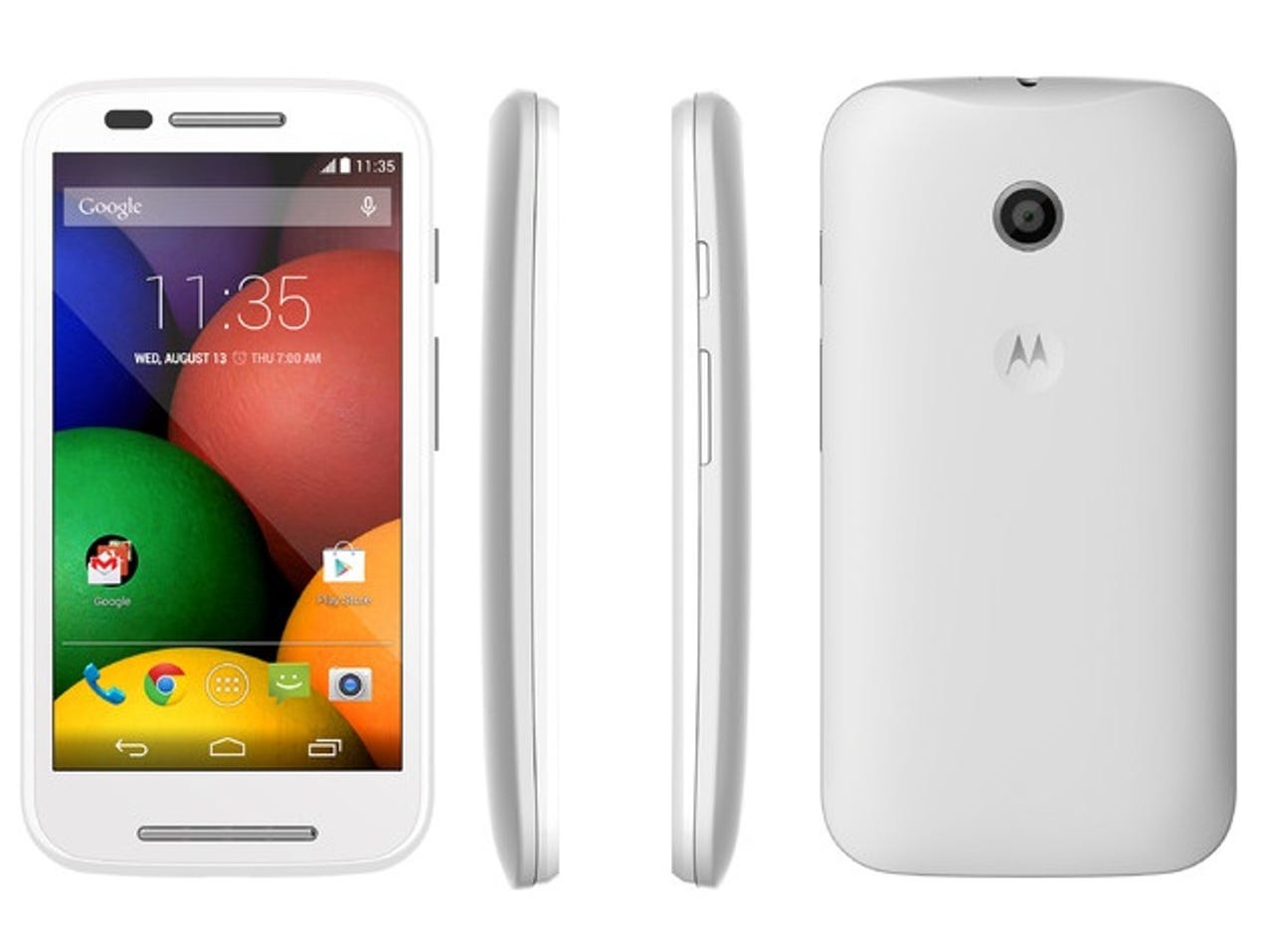So long small phones: New Moto handsets to have 5-inch or larger screens


Was it just yesterday I was blaming large phones for the lack of 7-inch tablet choices? Yes, yes it was. And now there's another another handset maker going bigger: All new Moto phones in 2016 will have screens at least 5-inches in size, notes Android Beat.
So says Lenovo's mobile chief, Chen Xudong, who also strongly suggested that the Google Play Store would come back to China this year.
Along with the screen size declaration, Xudong noted that Lenovo - which owns Motorola and the recently modified "Moto" brand - will also include a fingerprint sensor. Well, you have to take the good with the bad, I guess.
I'm all for the fingerprint sensor. The one on my Nexus 5X works well and is located in just the right spot: It's on the back of the phone where my index finger typically rests. Indeed, that's the same spot where you can find the dimpled Motorola logo on the Nexus 6 and Moto X handsets, except on those phones, it's just a dimple and not a scanner.
But it's worrisome that the minimum screen size of any new Moto phones made by Lenovo is 5-inches. They could be larger, of course. And that's a bit telling about Lenovo's strategy because larger phones add cost for the bigger display and expected higher capacity battery.
Frankly, that mix doesn't jive well for the budget-friendly - and typically smaller - Moto E and Moto G handsets which outsell the larger flagship. To be fair, the current Moto G has a 5-inch display, while the cheaper Moto E uses a 4.5-inch screen.
Perhaps Lenovo is going to use its own brand in the lower end market around the world but I think that's a mistake: The Moto brand is more recognized in some regions, such as Latin and South America, where the less expansive phones have been relatively successful.
Also concerning is Xudong's announcement that the company plans to merge the Lenovo Vibe UI with Motorola's fairly generic Android interface by 2017.
One of the benefits of buying a Motorola phone with a barely tweaked user interface is that the company can quickly push Android software updates to phones because it doesn't have to tinker much with the UI compatibility.
I get that larger phones are becoming more commonplace and desired. But there are still plenty of people who prefer a phone with slightly smaller display for one handed use and portability. Messing with that segment, along with with merging software design, is a recipe that Lenovo just might spoil.